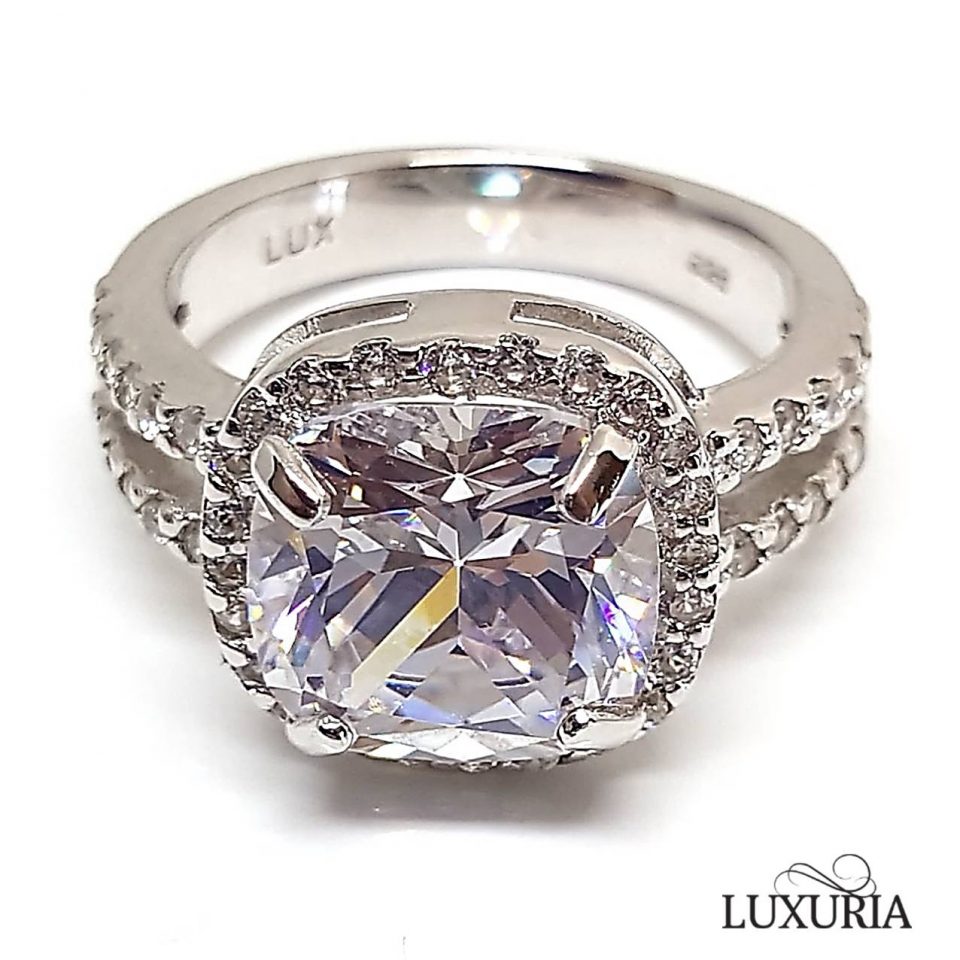You may have come across the term ‘925 stamp’ when searching for silver jewellery. Before we get into the details, let us take a look at what the 925 stamp means.
A silver jewellery with the number 925 stamped on it implies that it consists of 92.5% silver and the rest of base materials such as copper and other metals. 925 stamped jewellery is the same as sterling silver. There are several reasons why the 925 hallmark is widely accepted across the globe.
- A benchmark: The 925 hallmark is considered to be a benchmark in silver jewellery across geographical boundaries. In countries where it is not mandatory to use the number stamp, buyers are often subject to fraud as only the origin is mentioned. For example, Egyptian silver is required to consist of only 60% silver while German Silver contains 80%. When the jewellery carries the 925 mark, it means that it carries 92.5% silver by weight, which is quite pure.
- Durability: Fine silver (99.9% pure) tends to be quite softer than sterling silver. The alloys mixed in 925 silver harden it and make it durable. Typically, it is recommended to use sterling silver for rings, bracelets and other jewellery which tends to get exposed to regular wear and tear. Moreover, 925 hallmarked jewellery is resistant to tarnish and is easy to clean. Overall, this type of silver is more suitable for practical use than fine silver.
- Lustre: Even though sterling silver is an alloy, it is almost as shiny as fine silver. This is due to the large percentage of silver in the allow. The 925 hallmark on a piece of silver jewellery doesn’t mean that it would lack the lustre of fine silver. As it’s still of high purity and better for practical use, it is growing in demand in the modern days.
Considering the price of silver jewellery, you should certainly check for the 925 ring stamp when buying a sterling silver ring, or get it tested if there is no stamp.

